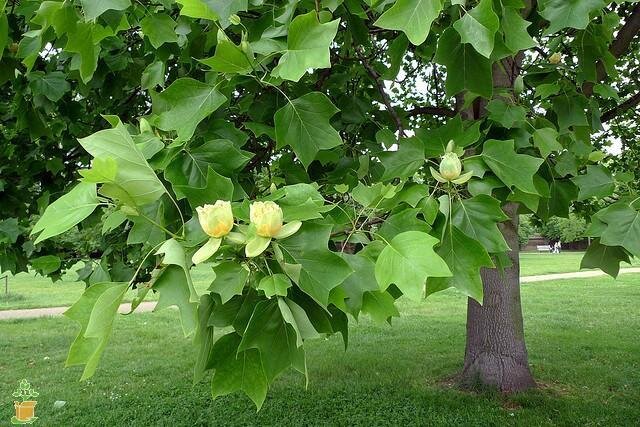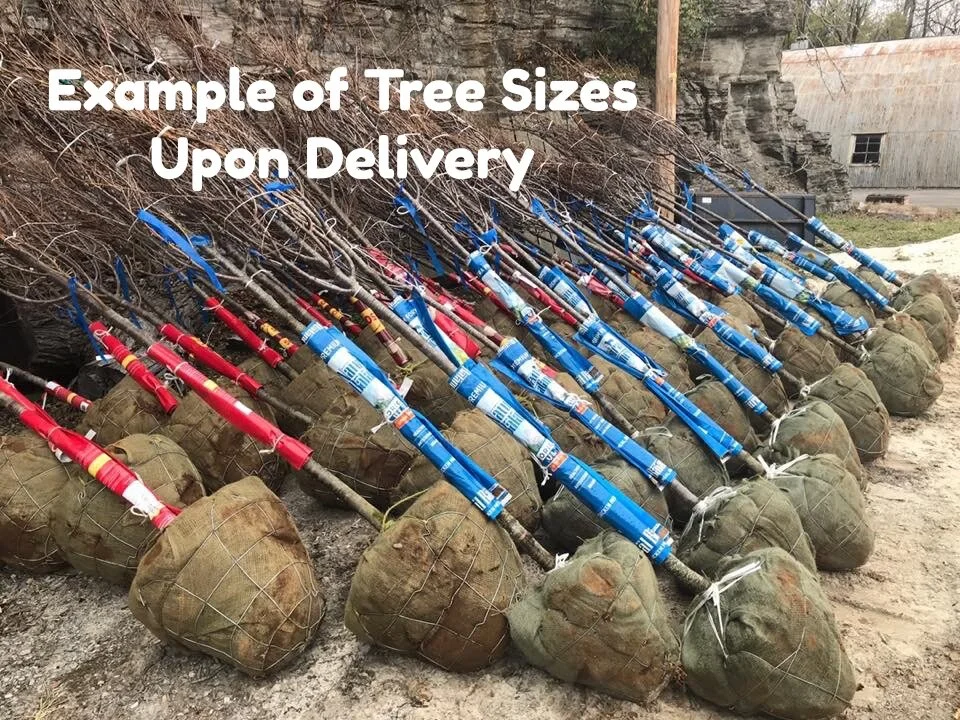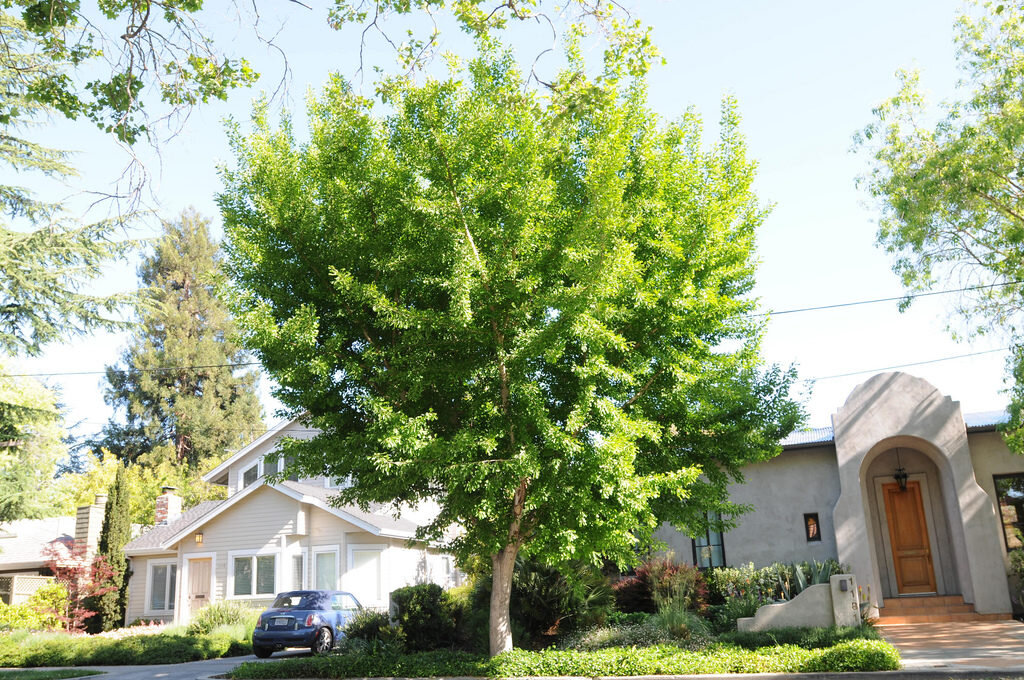Tulip Poplar









Tulip Poplar
LARGE CANOPY TREE; GROWS VERY FAST AND VERY STRONG; BEAUTIFUL TULIP LIKE FLOWERS; GREAT YELLOW FALL COLOR USUALLY; PLANT THIS TREE FOR FAST GROWTH AND FAST SHADE.
Species: Liriodendron tulipifera
Plant Size, Type & Delivery Height: 1.5” diameter trunk; Greater than 6 Feet Tall; Balled & Burlap
Ball & Burlap or Potted: Ball & Burlap
Mature Height: 80 feet
Growth Rate: Fast; >24”/year
Sunlight: Full Sun
Drought & Heat Tolerant: Yes
Description: The State tree of Tennessee, Kentucky and Indiana, it’s obvious this tree is a favorite. It is one of the fastest growing hardwood trees meaning you can watch this tree grow by leaps and bounds each year. The tree usually grows straight up in a single trunk and has a bulb like shape to it. As a large tree, it keeps rather compact and just likes to get tall. The tree is also known for its beautiful flowers which looks like a tulip blossom with an orange strip. It’s fall color is bright yellow during wet fall seasons. This tree is a great choice for so many reasons!
Size Options: We offer size options from 1.5” caliper (diameter) to 3” caliper (diameter) trunk sizes. The 1.5” root ball is entirely feasible for the average healthy homeowner to manage with a 24” root ball at about 200 lbs. The 3” option, however, has a root ball that is 750+ pounds and so it will cost extra labor and equipment to move. We also include the cost of planting the 3” diameter trees we offer because we don’t want you to risk planting a 750 lbs root ball by yourself. So don’t be shocked by the price of the 3” option, it includes everything delivery & planting. If you are wanting to plant a 750lb root ball yourself, please contact us ahead of time and we will discuss your plan and discount or refund the $200 tree planting service fee with the 3” option.
Growing Considerations: This tree likes to grow in full sun. It grows in a broad range of soil types from acidic loamy to sandy to clay alkaline soils. It prefers to be a little more moist than dry, but it can tolerate dry spells with little struggle.
Mono-Culture Risk: None; Not Frequently Planted
Invasive Risk: None










